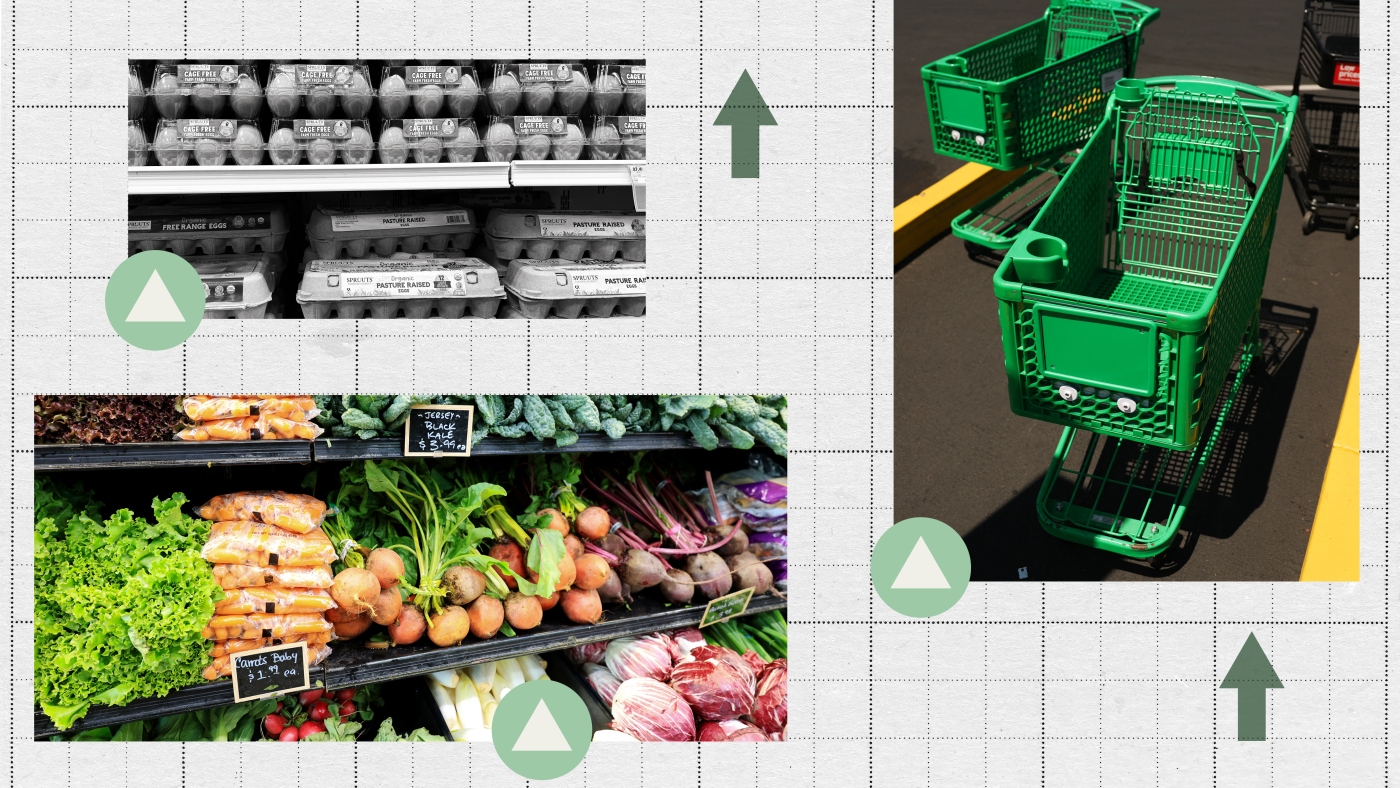Santa Monica, California — It’s no secret that a trip to the grocery store is costing more these days. Food prices grew by a half-percent from July to August, according to data from the U.S. Bureau of Labor Statistics Consumer Price Index — the fastest monthly change since the fall of 2022.
And overall grocery prices in August rose 2.7% compared to one year ago, according to the CPI.
“Tariffs have a huge impact on grocery prices,” food industry analyst Phil Lempert, editor of SupermarketGuru, told CBS News.
Lempert believes the Trump administration’s tariffs are one of three primary reasons that Americans are seeing a rise in grocery prices, with the others being climate change and labor shortages.
“We can’t grow our food where we used to grow it,” Lempert said of the impact of climate change. “… Now it’s had to move to Central and Latin America… Number two is the labor shortage… And then third is our tariffs.”
One of the products that has seen some of the biggest price jumps is coffee, which has jumped 21.7% compared to one year ago, according to the CPI.
“We got 50% tariffs on coffee from Brazil, and we import about 35% of our coffee beans, unroasted, from Brazil,” Lempert said. “… Yes, coffee’s going to get more expensive.”
He also says the U.S. should brace for shrinkflation — when food and product manufacturers keep prices the same, but reduce the size of items, meaning consumers are ultimately paying more for the same amount.
A September 2024 analysis from Lending Tree found that about one-third of approximately 100 common consumer products had shrunk in size or servings since the start of the pandemic.
As an example, Lempert showed CBS News coffee bean packets in one grocery store in Santa Monica, California, that used to be sold in 16-ounce sizes, but are now 10.5 ounces.
“What they’re doing is they’re trying to put less in the package, hoping that you and I are not going to observe that, and keep that price either stable or just slightly increased,” Lempert explained.
Lempert says shrinkflation is “absolutely not” going away. According to his analysis, higher prices are changing consumer behavior, with more shoppers choosing less expensive store brands, shopping at multiple stores in an effort to find deals, and buying in bulk.
“No. 1, always have a shopping list,” says Lempert on his advice on seeking out savings. “… Don’t waste food… Take doggy bags from restaurants, use leftovers, freeze leftovers. And then, obviously, use your coupons. Use your frequent shopper card. Do everything you can to compare prices before you head to the store.”
Source link
:max_bytes(150000):strip_icc()/GettyImages-82880353-512af6859ef74e9fac59bd230c4e06af.jpg)
